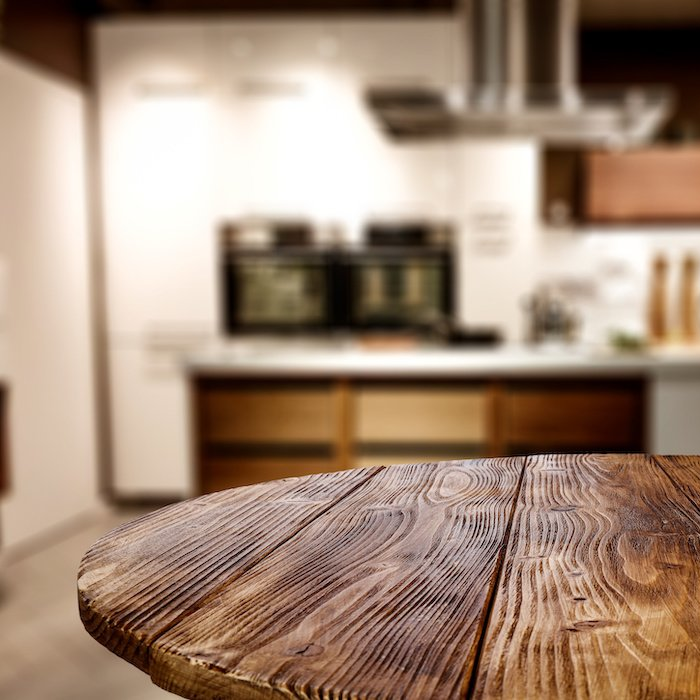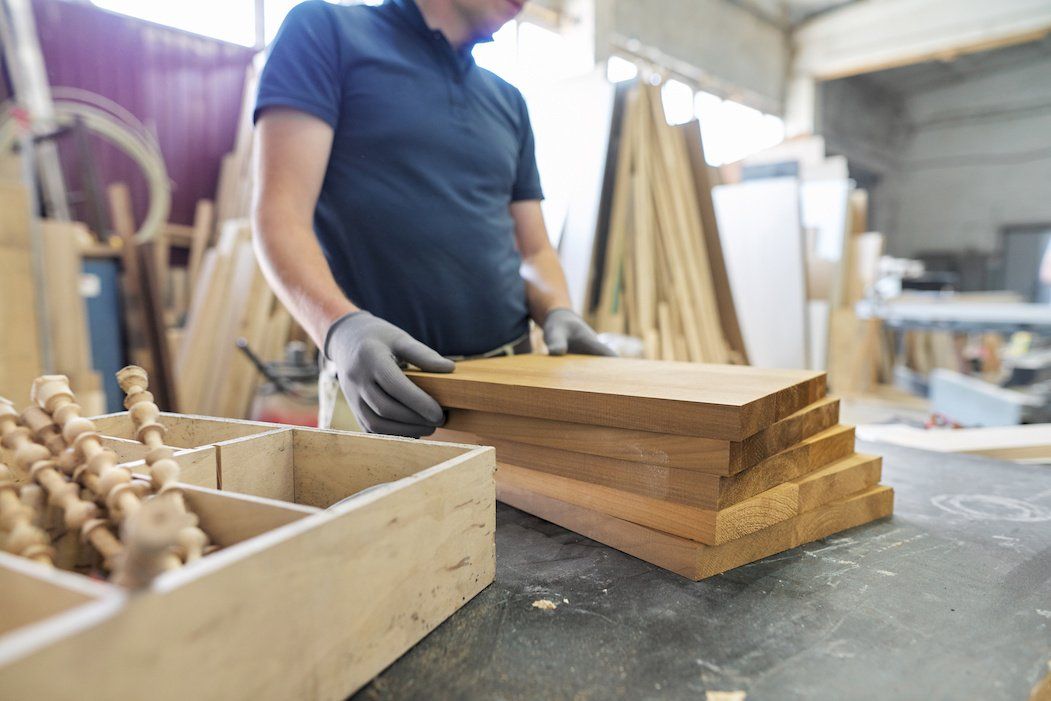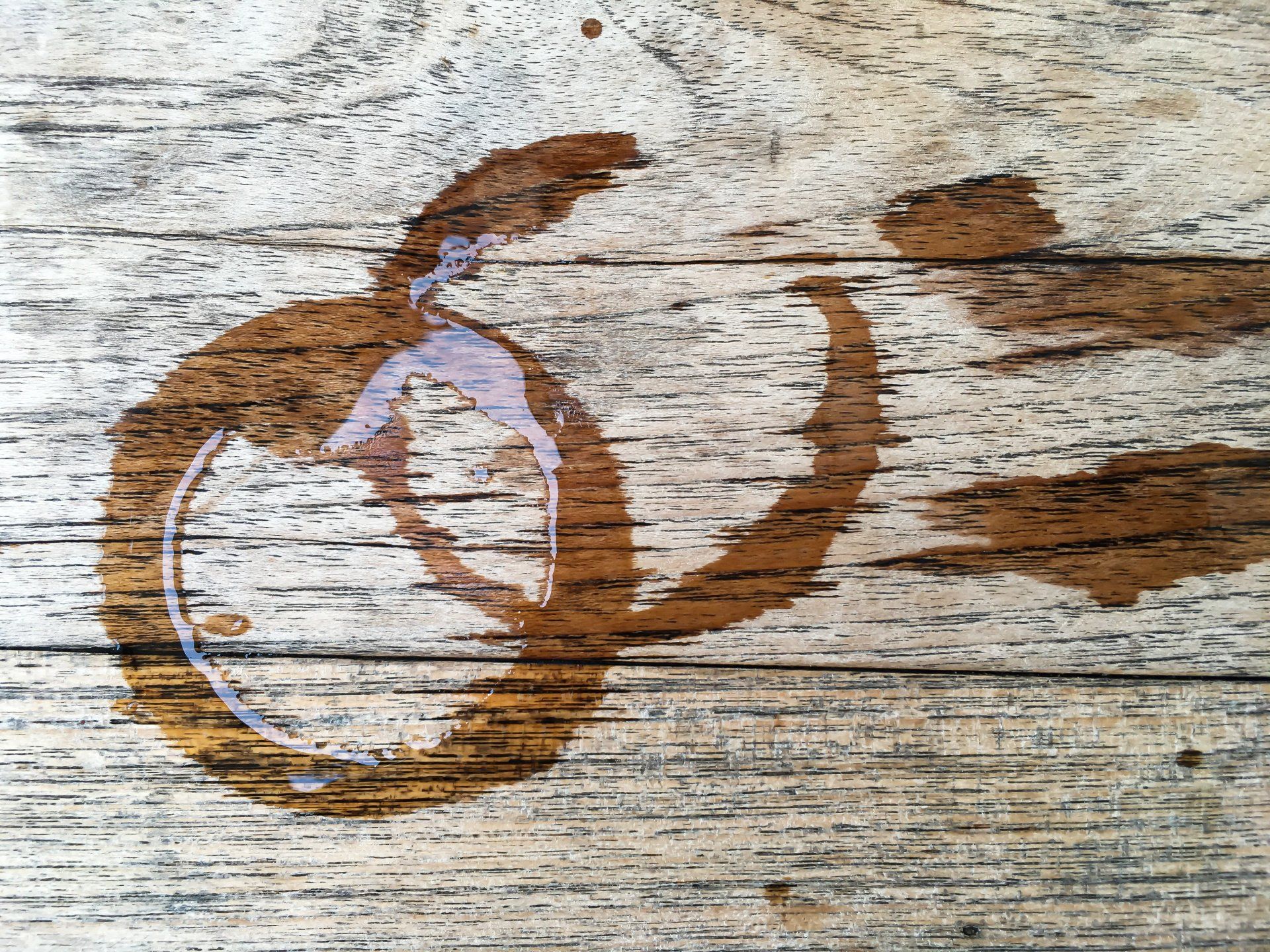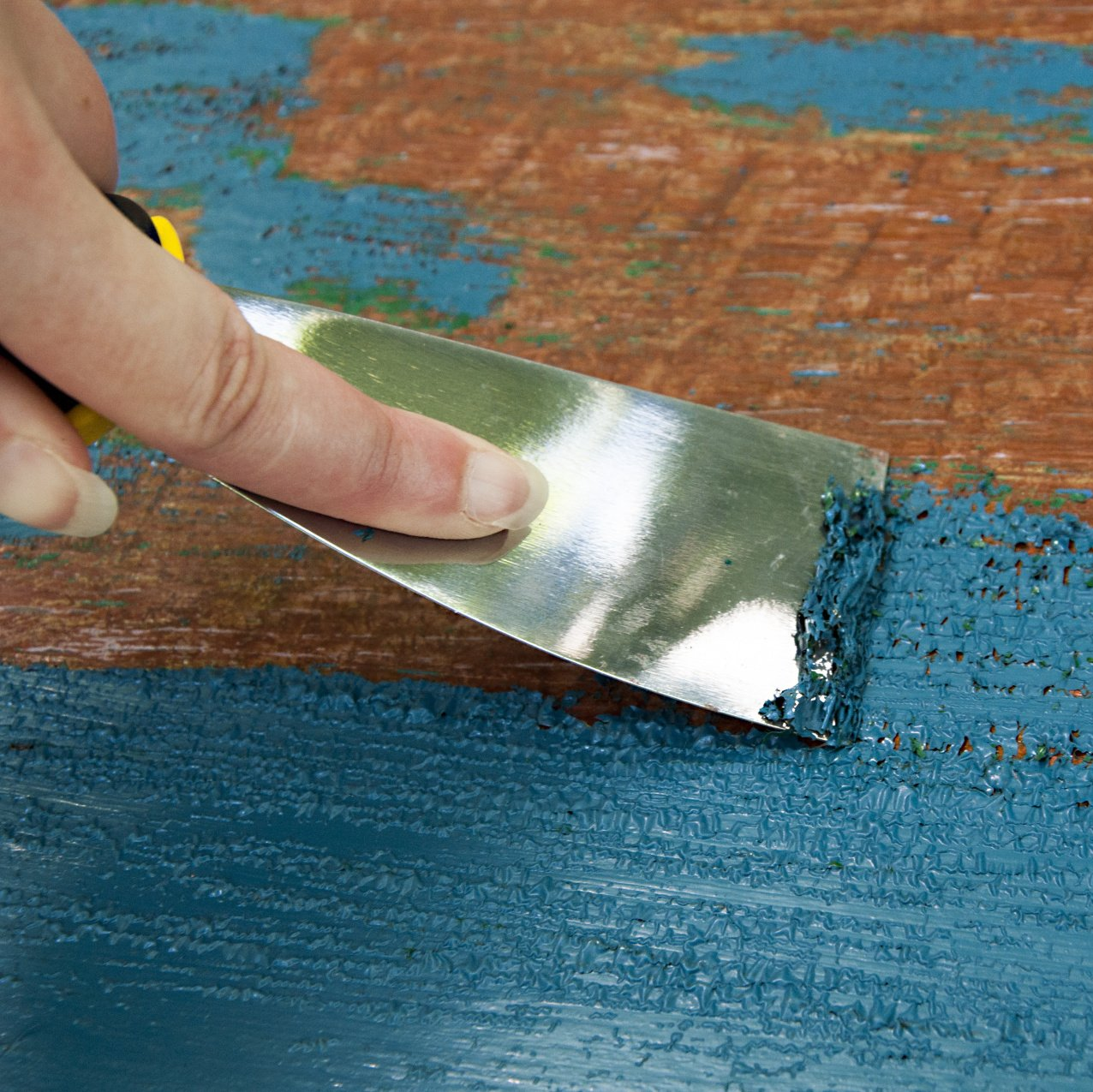Blog Layout
Paint Too Thick? Thin It Yourself!
Sam Lutz • September 30, 2014

You completed the drywall, tape and texture of that 1930s bungalow you’re restoring. Or you finished sanding every surface and crease of that antique armoire. Now it’s time to paint. Don’t mess up all your hard work by glopping on paint that’s too thick. Too much viscosity will cause ridges, lumpiness or an orange peel finish. Plus it will drive you nuts if you’re using a sprayer. Paint
that’s too thin will run and drip, messing up your floor and trim. Let’s not overdo the paint thinning.
How Do I Know If My Paint’s Too Thick?
After stirring, watch how the paint runs off the stick. Does it come off in globs? Does it run like water? It should be something in between, like heavy cream. Scoop some paint into a funnel. If it flows freely, then you’re in business. Some paint sprayers come with a funnel tool. The instructions will note how many seconds it should take for the tool to empty. Of course, before putting paint on the project that contains so much of your love, test your paint on scrap material. Let it dry and add another coat. Be sure you adore the results before proceeding.
So My Paint’s Too Thick. What Do I Do?
If it’s latex paint, follow these steps:
- Pour the paint into a large bucket. Use a five gallon one and thin a large quantity. You don’t want to do this multiple times and get inconsistent results.
- Add a half cup of room temperature water for each gallon of paint.
- Stir the paint thoroughly. Be sure all the water is incorporated. Watch how the paint runs off the stir stick.
- Perform the funnel test.
- If the viscosity is still not right, add a small amount of water until it is.
- Brush or spray the paint on your test surface and inspect the results after drying.
If you’re working with old, dried paint, you can bring it back to life with this method. It’s up to you to decide if your baby deserves brand new paint. Old paint on a large surface will show inconsistencies. Old acrylic paint can be restored with water and a palette knife. If you love the color and truly must have it for an art project, don’t throw the paint out.
What About Oil-Based Paint?
You can thin oil-based paints yourself, but take more care in doing it. You’ll want to wear gloves. Use containers dedicated to oil paint. They’re not coming back.
- Pour your paint into the container. Discard any large chunks of dried paint.
- Add one part turpentine or mineral spirits for every three parts of paint.
- Stir with a stick you’ll never use for anything else.
- Brush the paint onto a test surface and inspect the results.
- Add more thinner if the paint is still too thick.
Water and oil don’t mix. Add turpentine or spirits to latex or acrylic paint and you’ll destroy it. Water in oil paint cause separation. Paint is the final addition to all your hard work. It’s easy to see the finish line, get excited and goop up the whole thing with paint that’s not perfect.
So take a deep breath, check your viscosity, test two coats of your paint and finish your project with a flourish. You’ll love the results.
Share
Tweet
Share
Mail
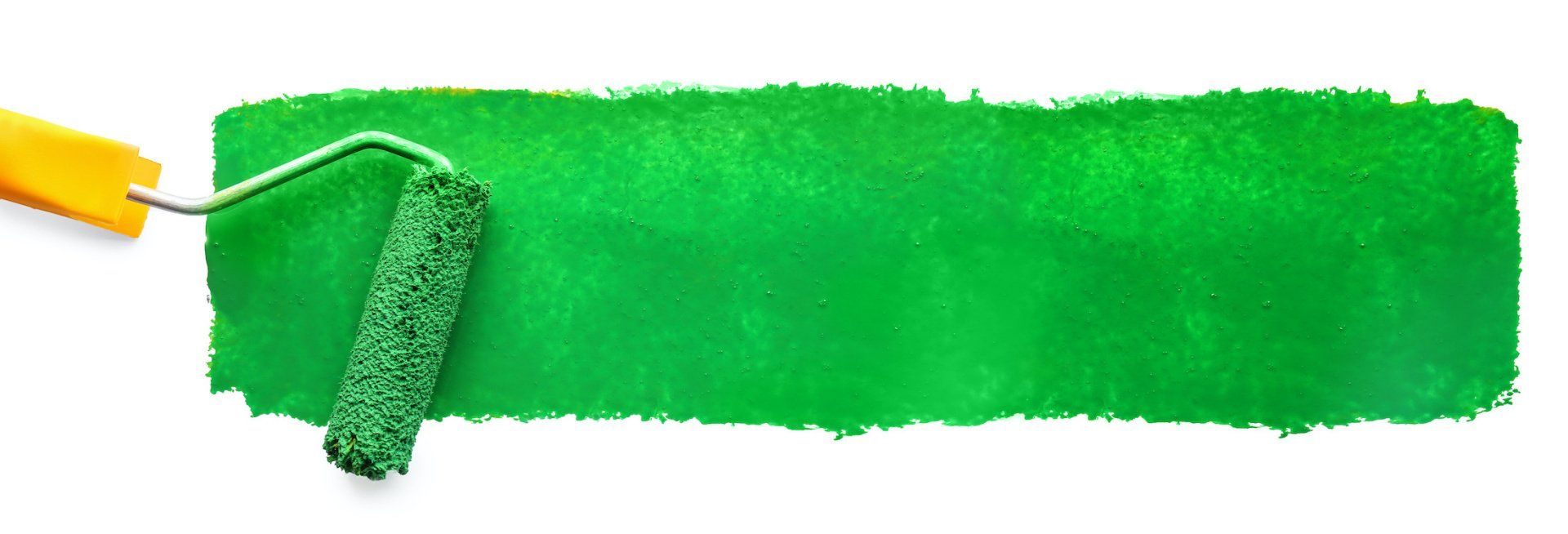
By Chris Vendilli
•
March 16, 2020
Colors are so fascinating. They make us feel, they help us express how we feel. The right colors can really set the mood in a room, or on an outfit. There’s a lot to color theory and what each of the colors mean. This St. Patrick’s Day we thought it’d be fun to explore a little about green.
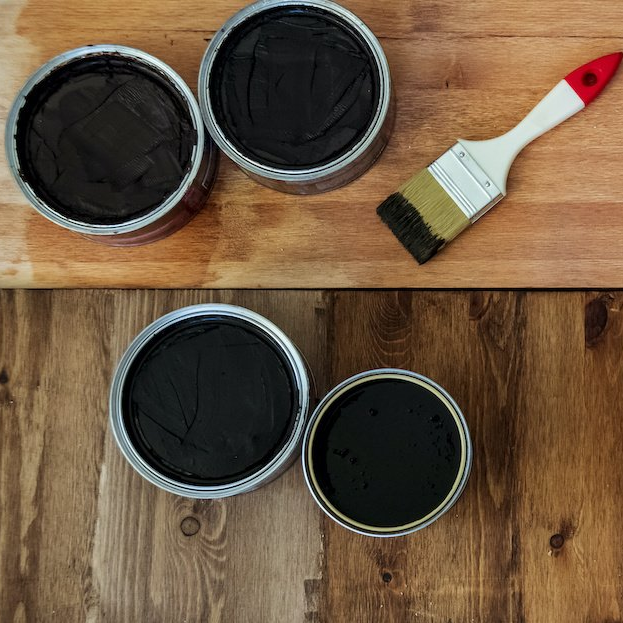
By Chris Vendilli
•
February 24, 2020
One of the wonderful things about good wood furniture is that it doesn’t have to be merely functional. It can be beautiful as well. We’ve seen some amazing pieces made with wood stains that are more than just furniture, they’re works of art. So if you’ve got an old table, desk or other piece of wood furniture that needs jazzed up, why don’t you consider using some of our great stains to try one of these ideas.
Promotion Sign Up
Complete the form below to sign up for our promotions
Contact Us
Thank you for contacting us.
We will get back to you as soon as possible.
We will get back to you as soon as possible.
Oops, there was an error sending your message.
Please try again later.
Please try again later.
Contact Details
Mt. Lebanon: 294 Beverly Road,
Pittsburgh, PA 15216
McMurray:
3339 Washington Road,
McMurray, PA 15317
Follow Us
© Copyright 2019 | All Rights Reserved

